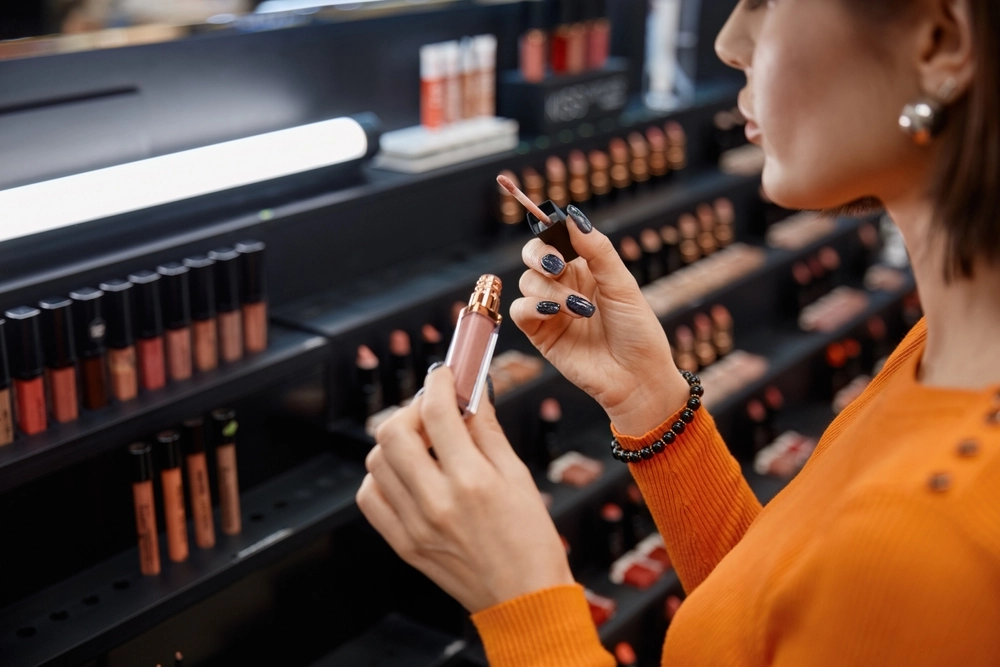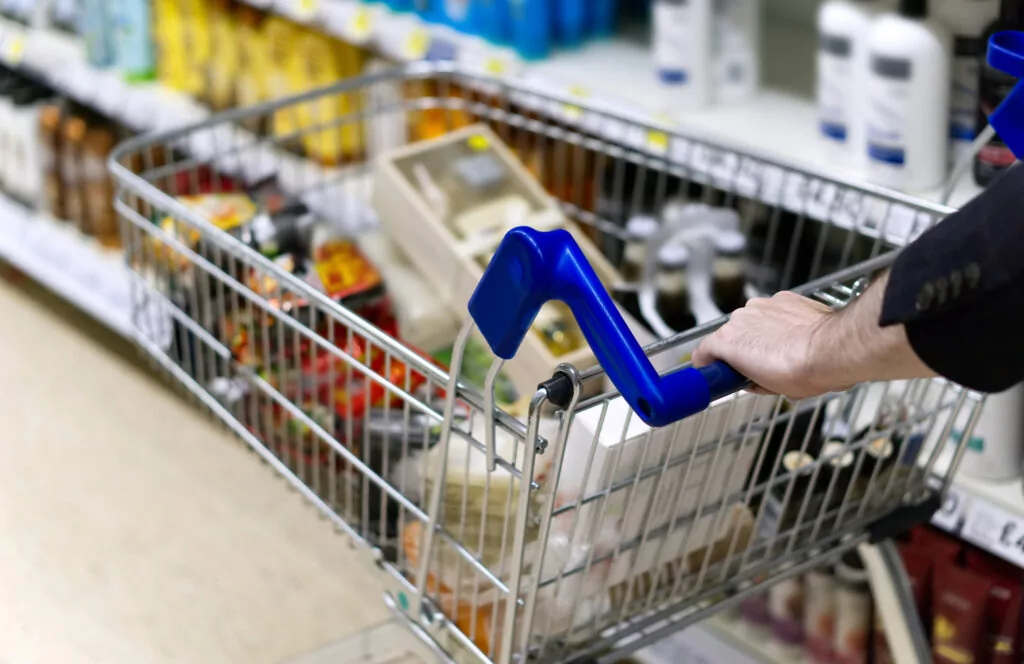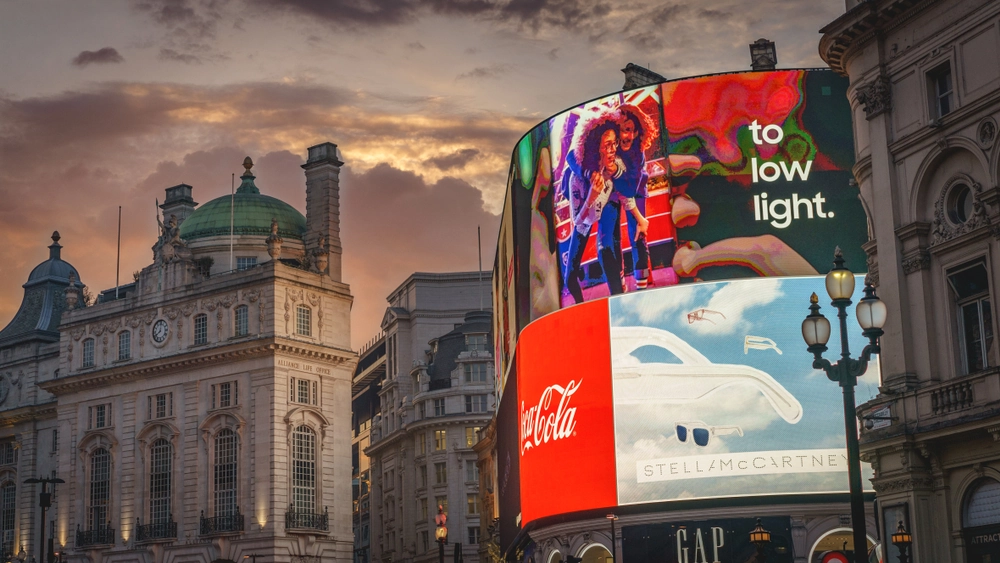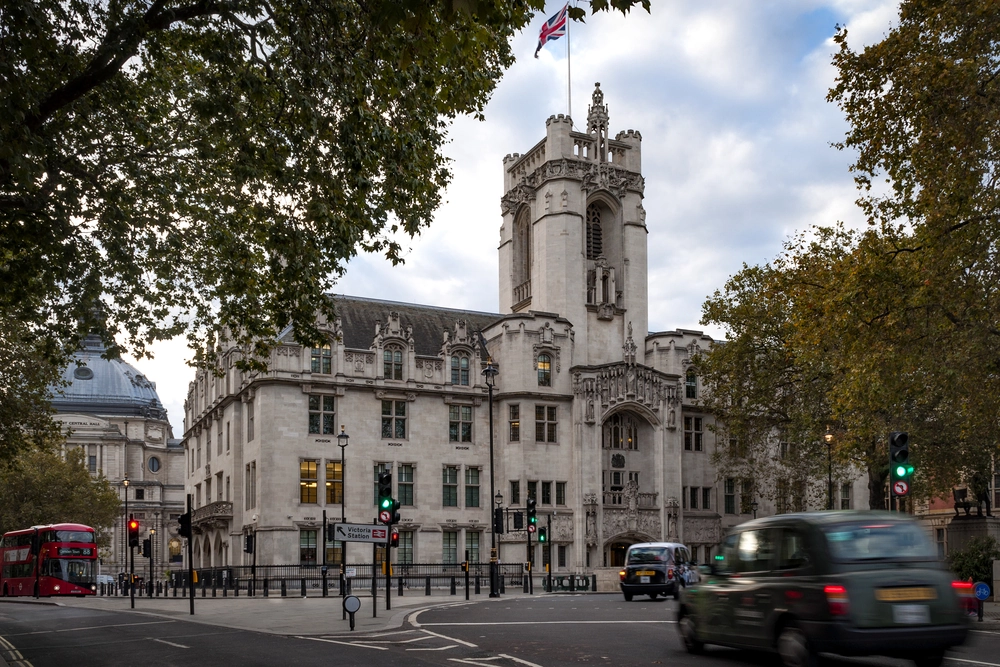
The complete package – the importance of registering product packaging to ensure comprehensive brand protection

By Melanie McGuirk, Charlene Nelson, Daniel Eskins
15 Jul 2025 | 4 minute read
A good reputation is one of the most valuable assets a business has. In this article, we look at how better to protect a brand's reputation by way of trade mark registrations and explore the significance of registering a product's packaging as a trade mark to prevent imitators from unfairly riding on the coat-tails of a brand's hard-earned status.
The benefit of registered trade marks
Trade marks are a critical way to protect the reputation of a business and to ring fence an asset which the business can protect and commercialise. By having a strong and distinctive trade mark, customers can make repeat purchases in confidence that the products or services originate from the same entity, providing reassurance as to both origin and quality. A registered trade mark provides a right to challenge a third-party's use of an identical or similar sign, should they come too close to the registered trade mark.
Our guide 'Why should you register a trade mark?' details the further benefits of trade mark registration. Trade marks come in many different forms but typically protect brand names and logos. These are key parts of a brand's indica which are affixed to products competing on supermarket shelves for customer attention. A consumer browsing their local supermarket shelves for their favourite trusted product may see next to it an own-brand product. The name and logos of the rival product are not identical to those of the well-known brand and may only have a low level of intrinsic similarity. Nonetheless, the competing product captures the look and feel of the brand in various aspects of its brand indicia and is being offered at a lower price. It is tempting for the consumer to try the rival product given the similar brand messages being conveyed through the similar packaging.
This is a feeling many of us will have experienced, consciously or unconsciously, and is exactly what lookalike products intend to exploit. If look-alike products sail too close to the wind, however, they can go beyond 'living dangerously', and unfairly take advantage of the reputation of the trusted brand and the investment in its marketing efforts, seeking to benefit from the impression that the rival product will be of equivalent quality. Not only does this directly reduce sales by consumers purchasing the alternative product, but if the rival product is inferior, it can also indirectly reduce sales by harming the brand's reputation.
How to widen the protection which registered trade marks offer
Registering trade marks for a brand name and logos alone may not provide sufficient protection from lookalike brands. Such registrations provide protection in relation to the use of identical or similar names or logos. This protection does not automatically extend to other aspects of a product's branding, the essence of which might be extracted and replicated in a rival product, and which features call to mind the well-known brand.
To maximise the prospects of preventing this happening, businesses can register the distinctive packaging of a product as a trade mark.
What to register
We often recommend that brands register the graphics and artwork which comprises the outward appearance of a product, in addition to brand names and logos. Although this will not reduce the risk of lookalike products entirely, it can act as a deterrent and increases the prospects of successfully resolving a dispute should a competitor come too close to the look and feel of the product packaging.
Below are some examples of the packaging registered as trade marks by various brands:
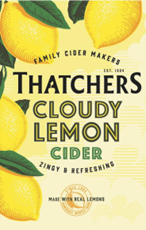
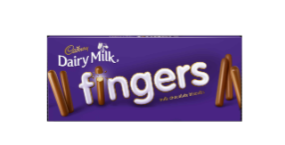
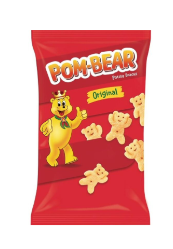
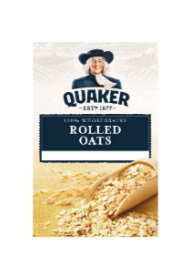
Why not rely on passing off instead?
Passing off provides an alternative legal basis for a claim for businesses that have not registered their brands as trade marks, and arises when a business passes off their goods as originating from another trader, such that consumers are likely to be confused as regards the true origin of the goods.
In lookalike cases, the legal test for passing off is often not satisfied in that consumer browsing supermarket shelves are often not confused – they are well aware that they are purchasing simply a similar looking product to that of the well-known brand.
Registered trade marks step into the gap in that infringement of a trade mark will occur when there is use in the course of trade of a sign which is identical or similar to a registered trade mark where that trade mark has a reputation in the UK and the use of the sign takes unfair advantage of the distinctive character or the repute of the registered trade mark.
When a consumer 'makes a link' in their minds between the lookalike product and the trade mark with a reputation, if there is evidence that the rival product is seeking unfairly to take advantage of that reputation in order to encourage consumers to buy the lookalike product, the rival product derives the benefit from the consumers making that link.
If a rival product seeks to ride on the coat-tails of that link being made and of the reputation of a trade mark, trade mark infringement will occur. There have been a series of recent decisions by the courts where brand owners have succeeded on this ground of infringement against defendants selling competing lookalike products and where they have been held unfairly to benefit from the power of attraction of a brand in order to exploit the marketing efforts expended by the brand owner to create and maintain the image of the registered trade mark.
Key takeaways for retail businesses seeking to prevent lookalike products
Don’t assume that your brands are fully protected. It is important regularly to review your trade mark portfolio to:
- Ensure all registrations are live and up-to-date.
- Ensure that the registrations cover all goods and services being supplied, particularly if your brand has shifted focus or is operating in new markets.
- Consider whether any new names, logos or brands are in use which require registration.
- Consider appointing a single agent to manage the whole portfolio, if you manage your own trade mark portfolio or have used multiple agents to in the past.
In order to prevent lookalike brands piggybacking on the reputation of a registered trade mark and unfairly taking advantage of the attractive force of your brand, consider whether the business has any key or hero products where the design of the packaging forms a key part of the features or attributes of the product or your house brand. If so, it may well be registerable as a trade mark and we recommend this step is taken.
By pro-actively registering and maintaining your trade mark portfolio, you can secure stronger protection for the hard-won reputation of the business and ultimately position the business in the best possible strategic position in the event that any competitor comes too close to your product brands.
Our intellectual property experts here at Foot Anstey are always on hand to support you in your journey, please get in touch to find out how we can help you and your business.


















